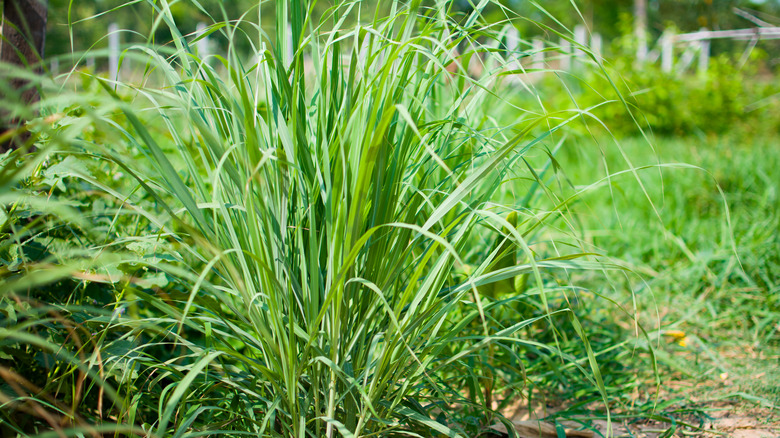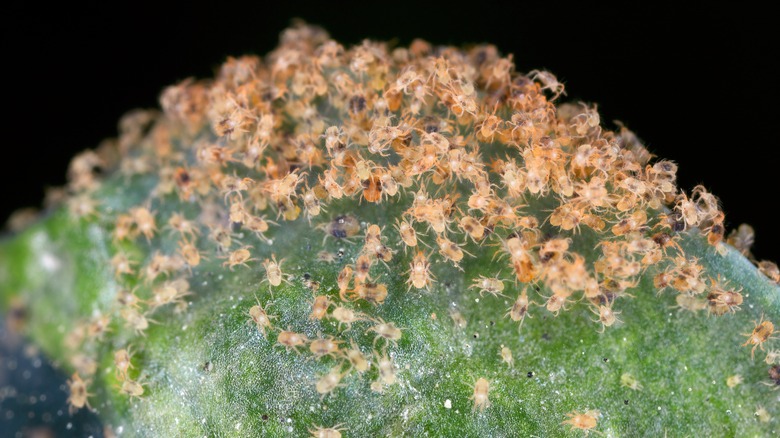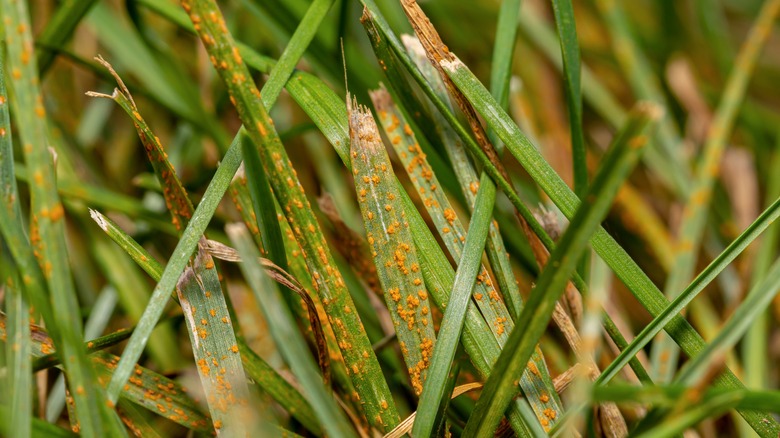Common Problems You Might Face While Growing Lemongrass
Imagine stepping out into your backyard garden in the early morning hours of a warm summer day. Suddenly, the gentle aroma of lemongrass hits the air, beginning your day in a bliss of fragrance. When you grow lemongrass in your garden, that's to be expected! As an ornamental grass that is popular in cooking, it loves warm soils and thrives outdoors when the weather cooperates. This tropical plant is easy to grow, but has a couple of issues you should know, like its lack of tolerance for the cold, pest attraction, and potential for disease.
For folks who love to cook, having a lemongrass plant on hand could be terrific for mealtime. However, gardeners should be aware that this heat- and sun-loving plant has a big aversion to the cold, which is why some folks are stuck buying new plants each year if they don't preserve the old plant. To avoid dead grass, you want to transplant the grass to a container for the cold weather months. You can do this by bringing it inside before temperatures go below 40 degrees Fahrenheit. Gently dig the stalk out of the ground, transitioning it to a pot for a cozy indoor winter rest. You can also trim down the leaves if you need to before bringing it inside. Just don't forget that this grass loves the sunshine!
Pests love ornamental grass
Lemongrass is a tasty addition to a lot of recipes. But humans aren't the only ones who love it. In fact, several varieties of pests also love to munch on a tangy lemongrass leaf. Spider mites and aphids are especially known to be commonly attracted to this delicious grass.
These itty bitty pests might seem less harmful than others might be, but they can easily kill a plant. If you notice these insects invading your plant's space, you can plant other things around it, like delicious daisies, which can draw the bugs away from the grass. You can also use a strong hose to spray the pests off of the plants. Consider these tactics to save your lemongrass, since it is a go-to plant if you have a mosquito problem. Growing it is also known to deter snakes from a garden or yard. "As any other plant that emits a strong scent, lemongrass can disorient snakes and make it difficult for them to hunt," Nicole Carpenter of Black Pest Prevention told Homes and Gardens.
It can be affected by rust fungus
When it comes to the cold, lemongrass can be a meek plant. It is fairly hearty against diseases, with the exception of rust fungus. This fungal disease can be seen on the plant when brown streaks or spots appear on the leaves. These rusty spots can appear on other leaves in your yard, too — so keep an eye out. If left untreated, it can kill the plant, though that is uncommon. What is likely to happen instead is that the fungus kills individual leaves and reduces the plant's ability to produce oil.
The best way to prevent illness in your lemongrass is to take active measures to prevent the fungus from growing in the first place. One way is to water your plant at the soil level instead of watering leaves, which can lead to rust growth. You can also keep your lemongrass under a cover to prevent over-saturation from rain and keep the plants spaced apart for circulation. When necessary, fungicides can also combat the infection. If you're new to growing this plant, be sure to read up on how to care for lemongrass.



